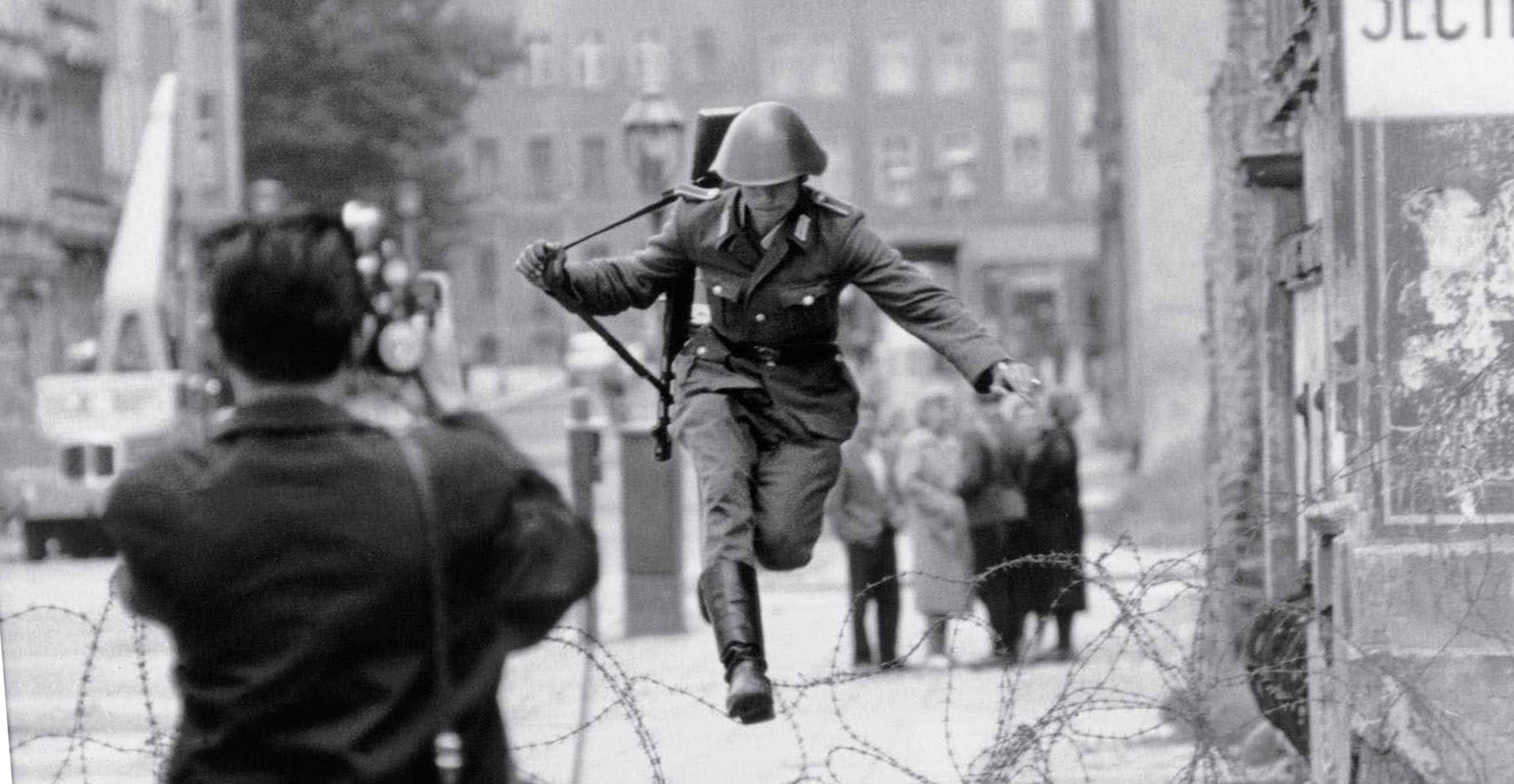Often, “Wall Jumpers” went over the border in order to demonstrate bravery, impress their girlfriend, or were intoxicated.
After being defeated in the Second World War, the Third Reich’s territory was divided into British, American, French and Soviet occupation zones. All these zones had conditional borders and at first, the movement of people from one zone to another did not cause difficulties.
However, due to political disagreements between the German Democratic Republic (GDR) in the Soviet territories, and the Federal Republic of Germany which was located in the American, British and French zones, construction of an intra-German border began. Largely the initiator of this was the USSR.
After the construction of the border between the Federal Republic of Germany and the GDR, Berlin remained the last place for unhindered crossing of the border. The citizens of the GDR took advantage of this opportunity and began mass exoduses through Berlin to the “free world.”
For this reason, GDR authorities decided to take away the ability to move freely across Berlin and leave. On the night of August 12-13, 1961, East Germany began to seal all passages to West Berlin. The construction of border facilities began, which were eventually called the Berlin Wall.
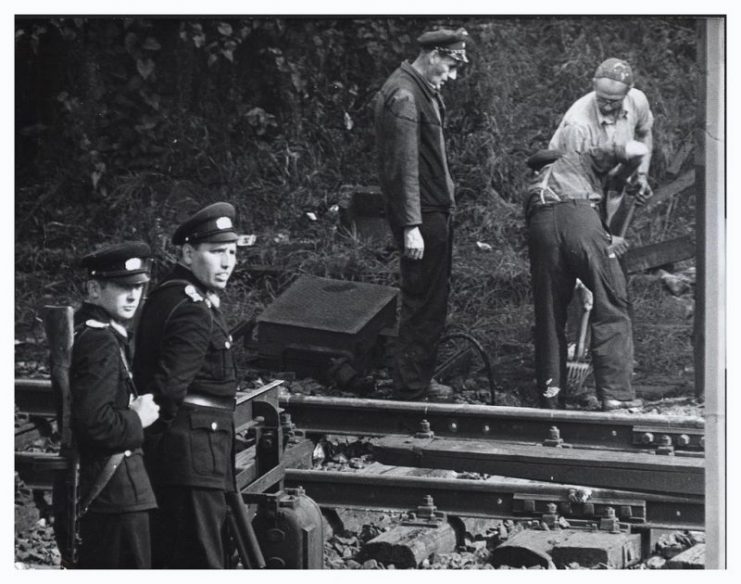
After the authorities of the GDR began to create a system of socialism, many people began to cross the border in order to find a place of residence in the Federal Republic of Germany since the standard of living there was much better. After 1952, the border became carefully guarded, and a wave of emigration focused on Berlin, which was open to movement before the construction of the wall began.
The population of Germany did not want to put up with the fact that Germany was divided into two parts, which is why they were not afraid to violate its inner borders.
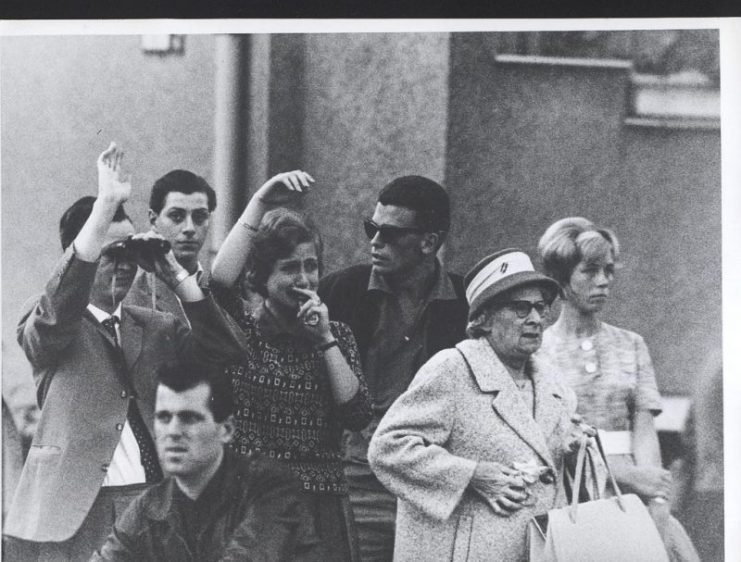
During the 28 years that the Berlin Wall stood, more than 60,000 attempts to get across it were made, many of which caused injury. More than 5,000 people managed to escape through the Wall, with an estimated death toll of 136.
https://youtu.be/lONOJ4eKVzg
The motives for crossing the wall were different. Often, “Wall Jumpers” overcame the border in order to demonstrate bravery, impress their girlfriend, or were intoxicated. In some cases, border crossings were carried out to protest against the existence of the Berlin Wall. Arnold Kabe, who suffered from a mental illness, climbed over the wall in Kreuzberg about 15 times and excused his actions as boredom.
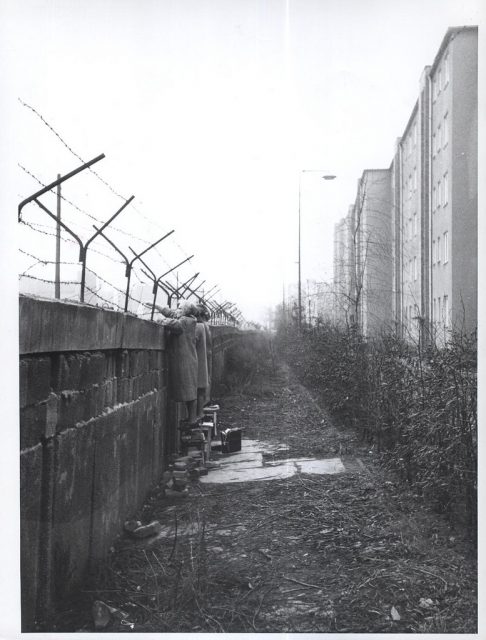
The border troops of the GDR considered violations of the border between West Berlin and the GDR to be a criminal act. According to their instructions, they were required to immediately detain violators, without the use of firearms.
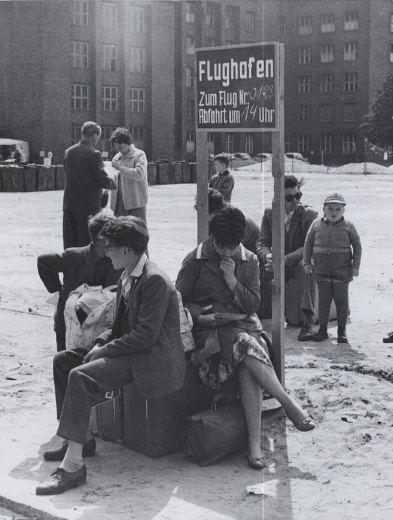
The most famous case of crossing the border occurred on August 15, 1961. Conrad Schumann, who at the time was a 19-year-old East German police officer, escaped when there was literally no wall yet. The wall had begun to be erected the day before, and at that moment, a low barbed wire fence marked the border.
A couple of days after the construction of the barbed wire barrier, Schumann was assigned to guard the site at the corner of Bernauer Strasse and Ruppiner Strasse. According to eyewitnesses, that day Schumann behaved restlessly. He nervously paced back and forth and smoked cigarettes, and even squeezed the wire with his foot.
Schumann’s behavior attracted the attention of press photographers, who at the time were covering what was happening at the border. They watched the young border guard for more than an hour.
Also watching his actions were West Germans on the other side. They shouted to Schumann, “Komm über!” (“Come over!”). A West Berlin police car approached and opened its doors, waiting for his actions.
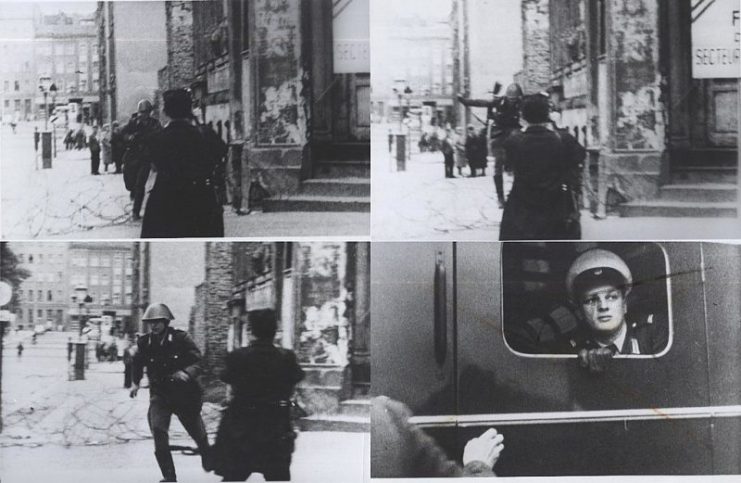
Schumann hesitated for a while, but then decided to make the leap over the barricade. After the jump, he immediately ran to the police car, which took him away.
Later, Schumann recalled that, “My nerves were at a breaking point. I was very afraid. I took off, jumped, and into the car…in three, four seconds, it was all over.”
The photographer Peter Leibing, who was near the wall that day, witnessed Schumann’s insecurity and later said, “When I realized that something could happen, I focused my camera on the wire fence in advance.” He managed to capture the moment of Schumann’s jump, and this photo has since become one of the symbols of the Cold War.
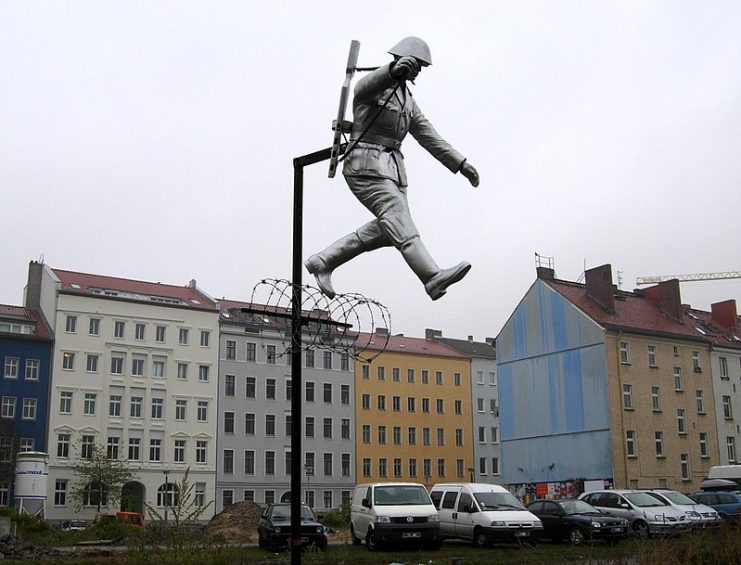
This photo made Schumann famous as the first East German guard who crossed the border. In the coming decades, more than 2,000 people followed suit.
It is worth noting that Schumann did not earn a cent on the photo. He got a job in Bavaria and found a new family. For about 27 years, Schumann worked on the assembly line at an Audi plant.
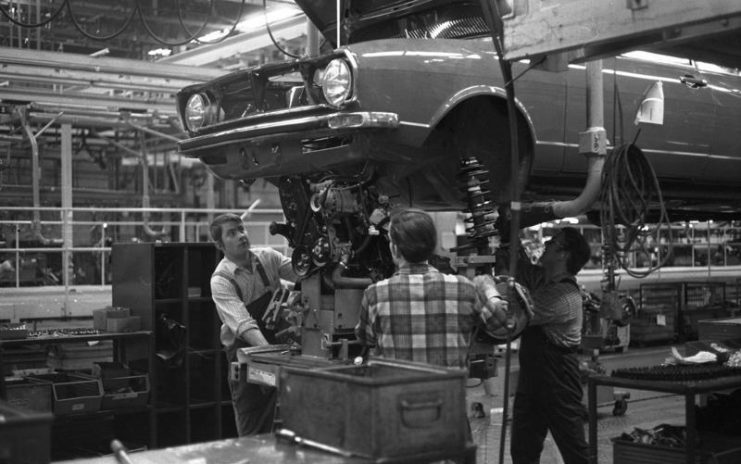
All his relatives remained on the other side of the wall, and communication with them was possible only through letters, which were controlled by the East German police.
Schumann was haunted by the idea that employees of the Ministry of State Security of the GDR were watching him. He was sure that they wanted to kill him for desertion. When the Berlin Wall fell, Schumann was able to reunite with his family and friends, although some of them treated him badly.
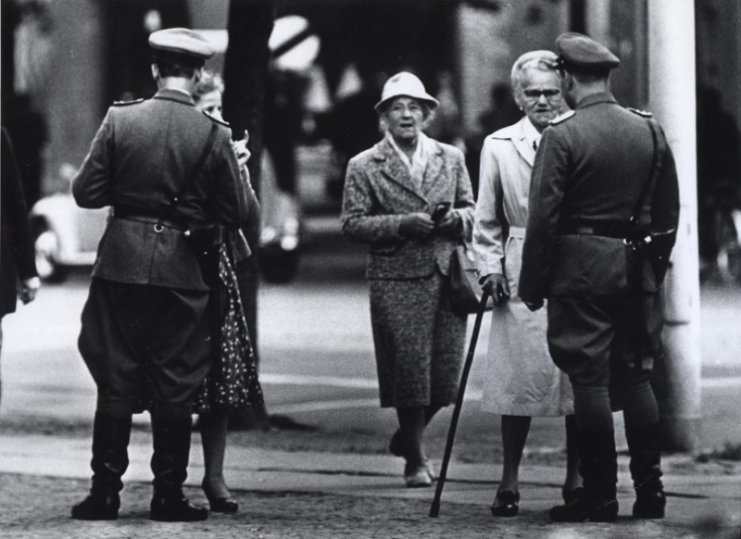
Read another story from us: The Bureaucratic Goof that Brought Down the Berlin Wall
Unable to withstand the torment in his soul and not leaving a note, in 1998 Conrad Schumann went to the forest near his home and hanged himself.
Not far from the place where Schumann escaped, a sculpture dedicated to this event was established. Crafted by Florian and Michael Brauer and Edward Anders, it is entitled Mauerspringer (“Wall Jumper”).
